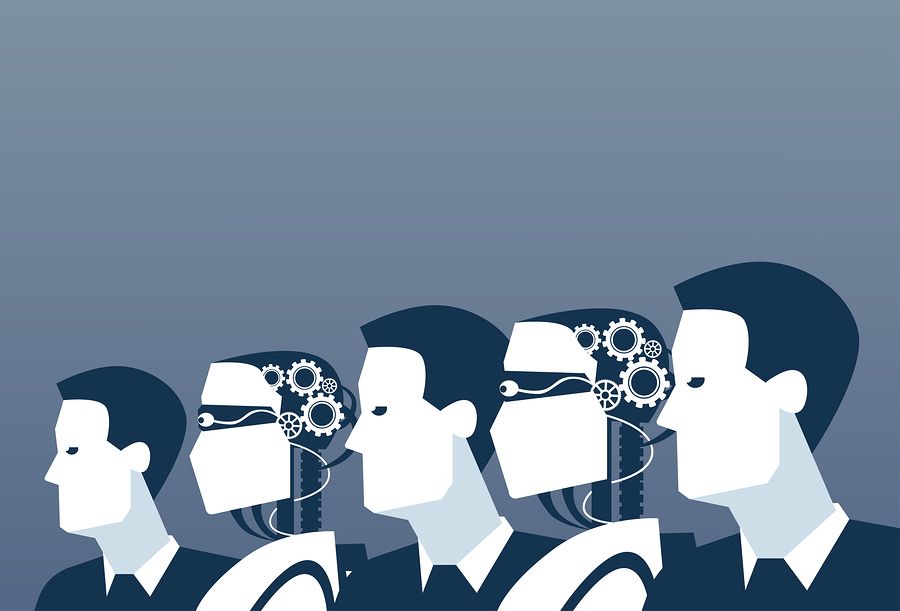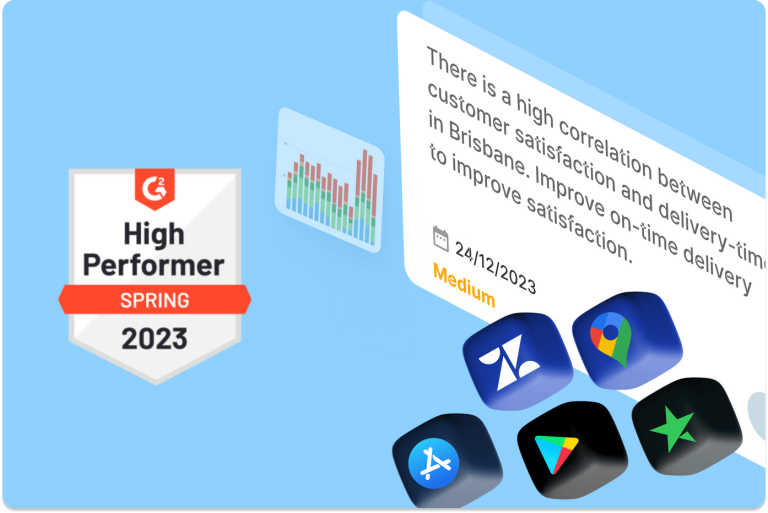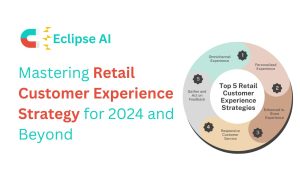
What is CES? And how to calculate Customer Effort Score?
The Customer Effort Score (CES) evaluates how easy it is for customers to interact with a service or product, measured by surveying customers to rate their effort on a scale from “very easy” to “very difficult”. A lower average score indicates a better customer experience, signifying interactions are effortless.









